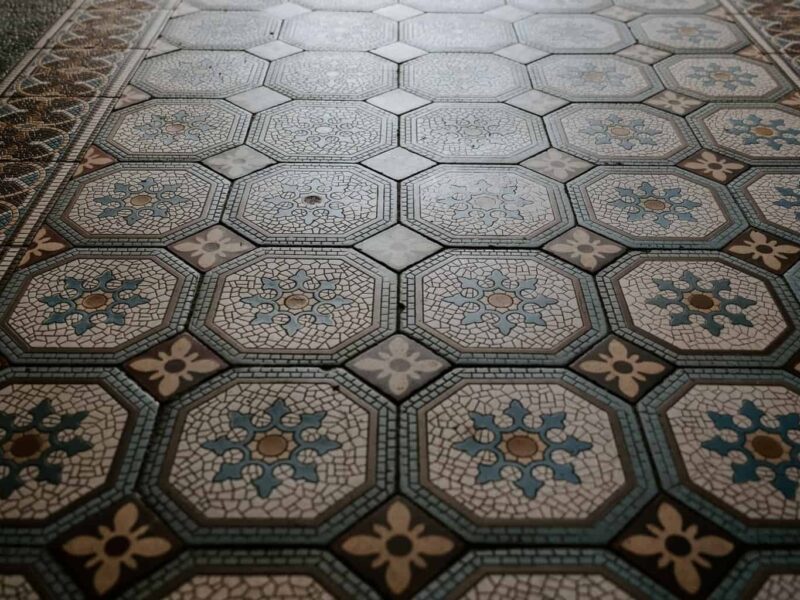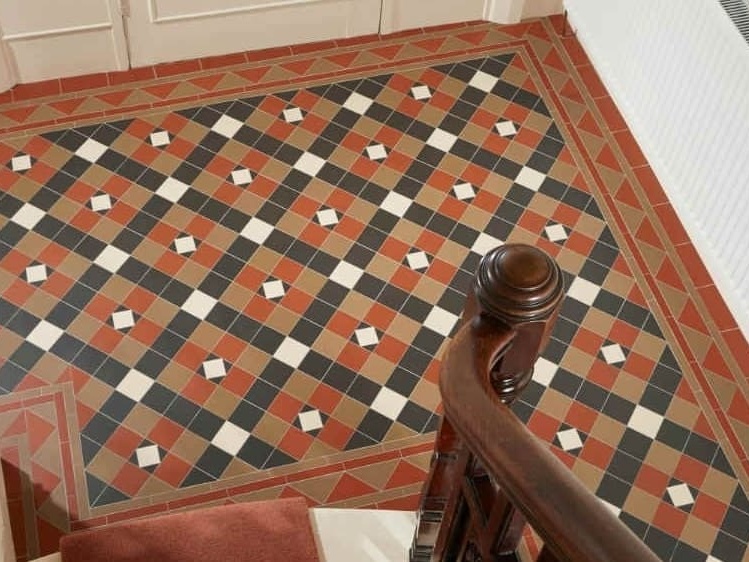
Although King Edward VII only reigned for nine years, the style from the period named after him has influenced interior decorating for many decades afterwards and still inspires modern homes today.
What is Edwardian Style Like?
The Edwardian era lasted from 1901 to 1920 and it was a time when people were tired of the clutter, heaviness and dark colours of the Victorian era; instead, they wanted something light, fresh and cheerful.
Hence, Edwardian style is relatively informal, with a light, almost feminine feel. It favours light furniture, such as delicate bamboo and wicker, and also floral patterns and pastel colours. The overall theme could be defined as expensive simplicity.
The Edwardian era was also a time of revival, with people taking inspiration from older periods such as Georgian and medieval. Other influences were French classical, Elizabethan and Tudor, Arts & Crafts and Moorish.
Where Can I See What it Looks Like?
There are several places you can visit to gain some ideas and inspiration. These include the home of playwright, George Bernard Shaw: ‘Shaw’s Corner’ in Ayot St Lawrence, Hertfordshire, which has beautiful, authentic Edwardian interiors, and the Le Meridien Waldorf Hotel in London, where tea dances were held in the Palm Court.
Another good place is the Museum of Domestic Design & Architecture in Middlesex and Polesden Lacey, a National Trust stately home in Great Bookham, Surrey.
What kind of flooring was popular during the Edwardian period?
Many Edwardian floors were hardwood, often pine floorboards and they were usually stained or painted a dark brown and varnished. Mahogany and walnut floors were particularly prized and all wooden floors were treated to enhance the natural grain.
If using carpets, loose pieces and rugs were more popular – particularly due to the influences from the Arts & Crafts movement.
Flooring in hallways were very distinct – they were usually laid in a geometric pattern, either with plain, single colour tiles or a combination of coloured tiles.
A form of stone flooring called ‘terrazo’ was particularly popular – this was created by embedding marble chips in grout or mortar and then grinding the surface for a flat, shiny finish. Terrazo was usually used in the homes of wealthier people or in public buildings.
Ironically, Linoleum was also a form of flooring that signalled the wealthy. Although introduced in the 1850’s, it was initially expensive and therefore, only the wealthier home-owners could afford it.
As cleanliness was favoured during the Edwardian era, it was also used in areas where hygiene was important, such as in the nursery.
How Do I Recreate Edwardian Floors?
If you have wooden floors, simply staining them a dark oak colour and covering with varnish will give you a very good Edwardian effect.
If you do not have wooden floors, the same effect can be achieved with laminate, which was is much cheaper and easier to maintain.
Laminate is also good for recreating the geometric tile affect, with many patterns now available.
Alternatively, you could opt for “genuine” Edwardian era flooring by choosing natural linoleum, which has the benefit of also being environmentally-friendly.
To finish off the Edwardian look, make sure you cover large open areas with oriental-style rugs.


